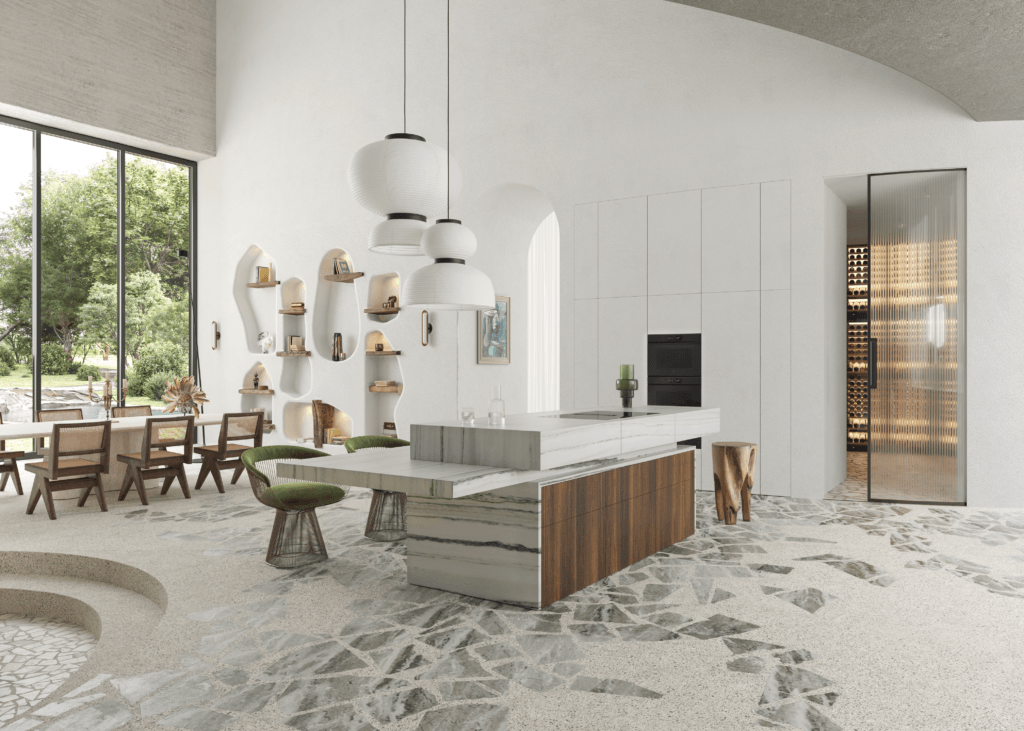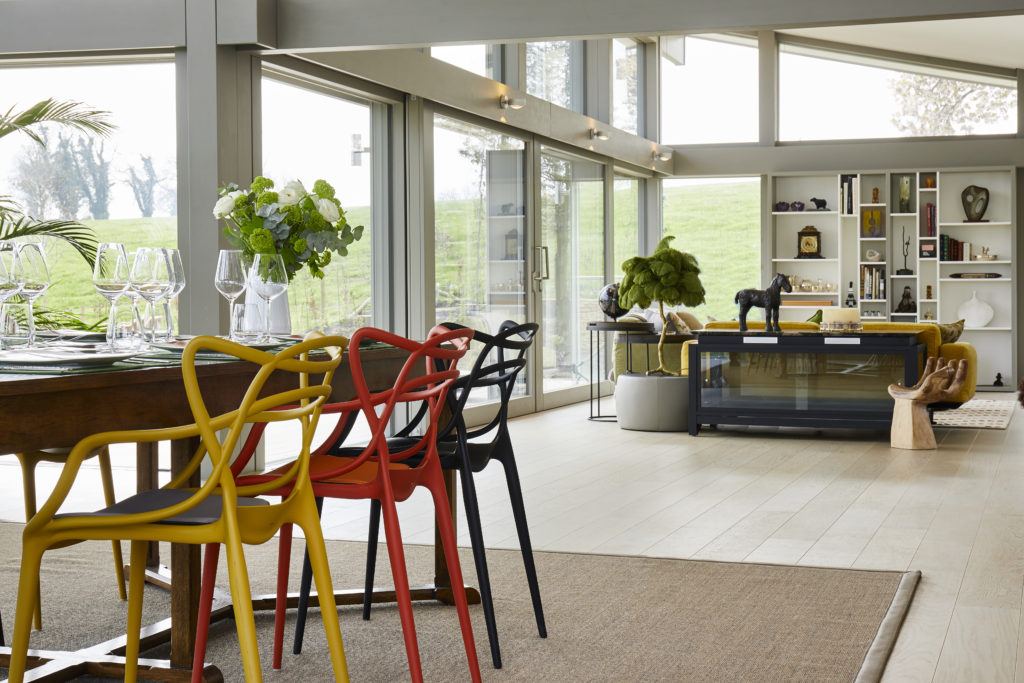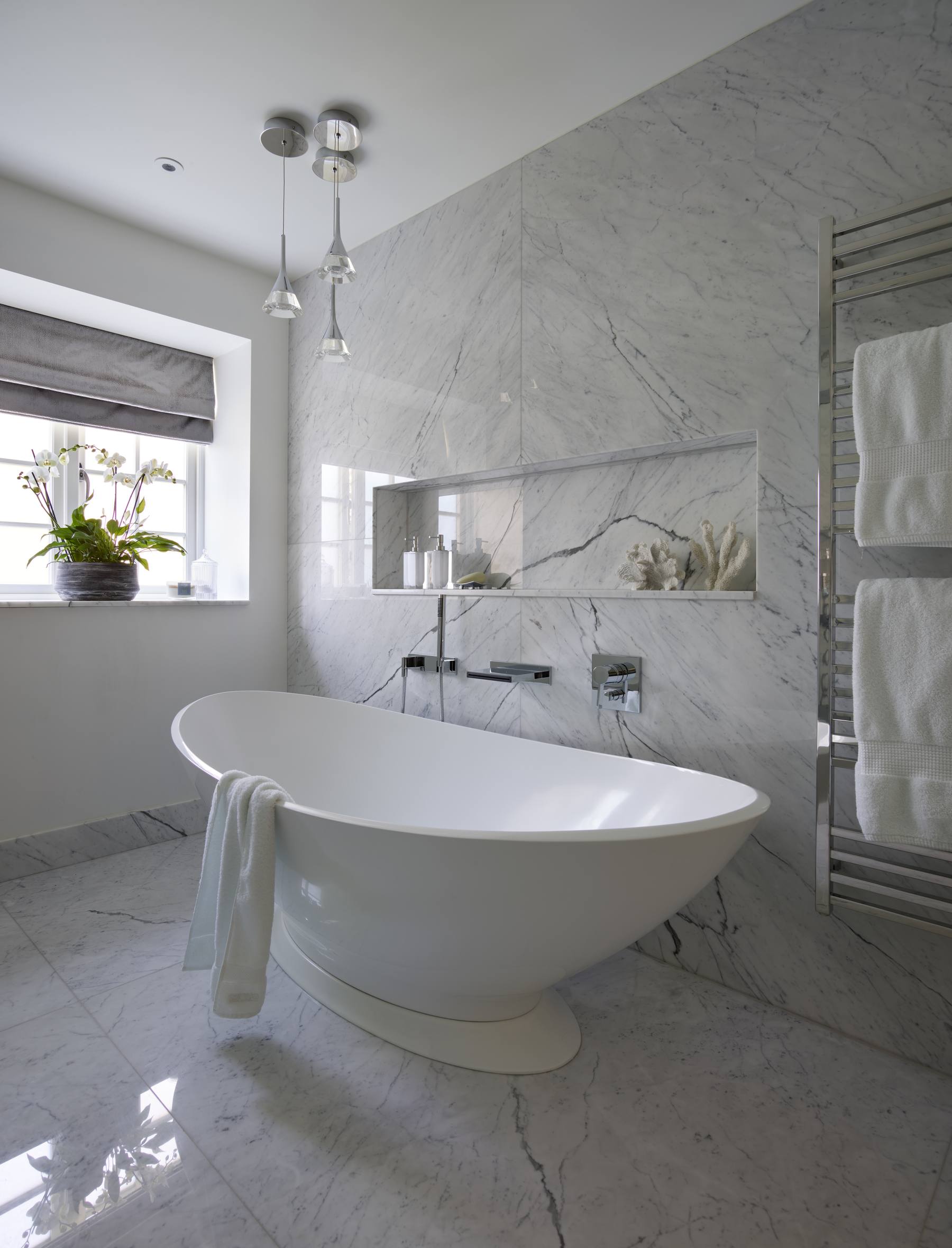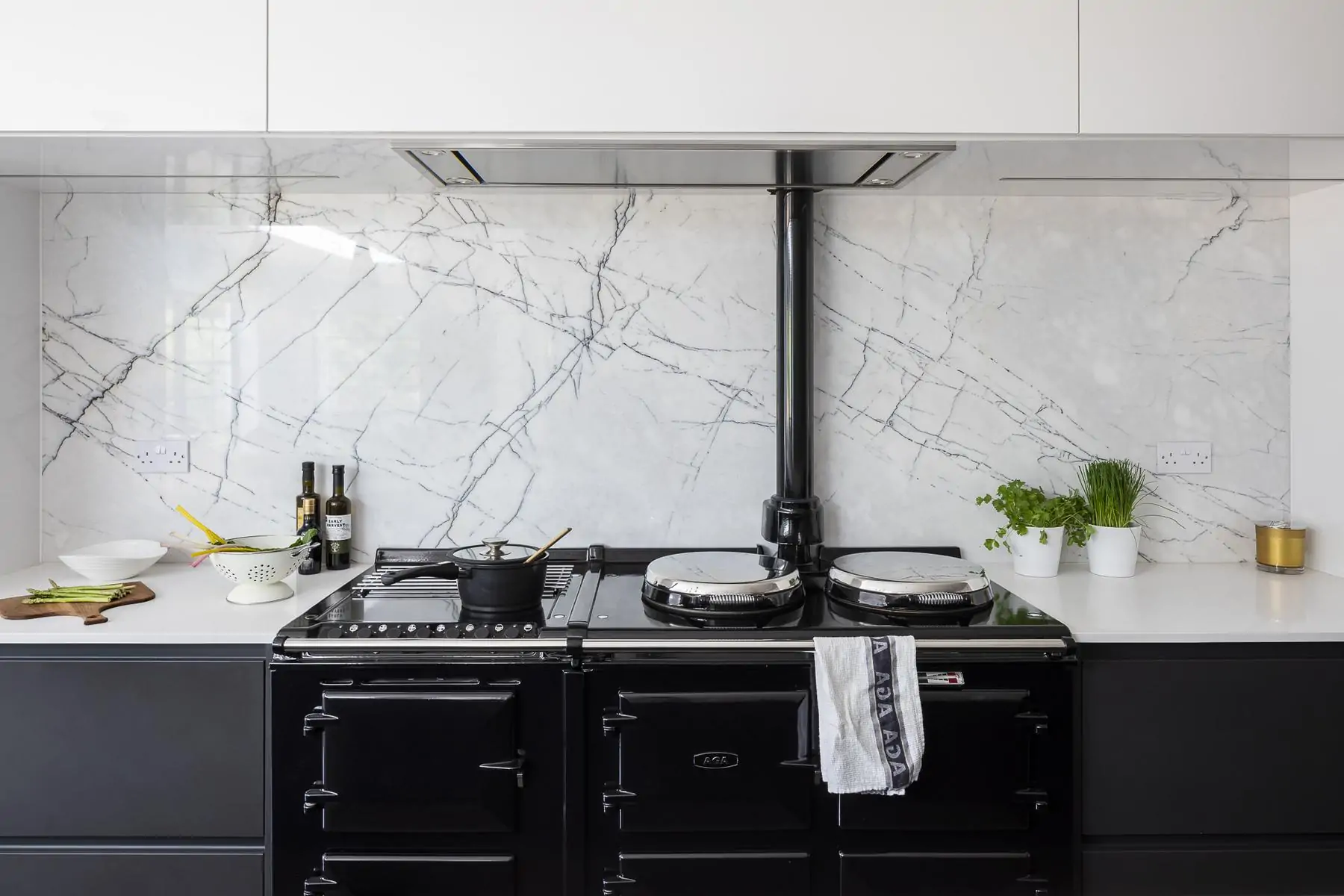
A Homage to Gatsby: Smart Deco
The Art Deco movement was one of the defining styles of the 20th century and such was its potency that it continues to live on today, reflected in contemporary styles and inspiring numerous renaissances that capture the zeitgeist time and again. While stylised, Art Deco also has a timelessness to its appeal, and that’s very much reflected in this Surrey home.
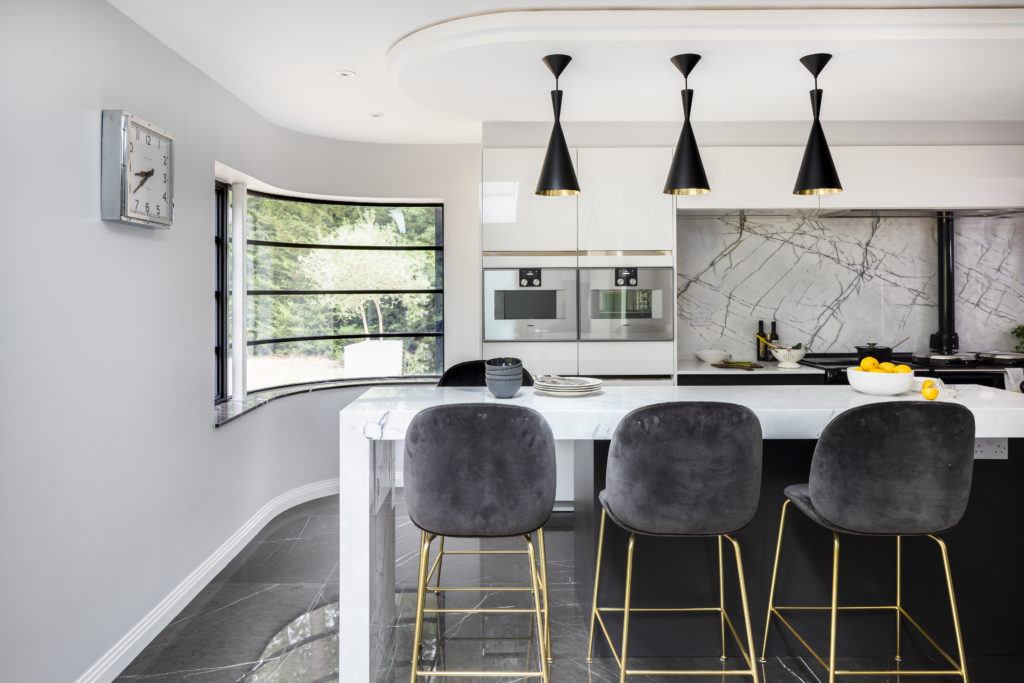
Style speaks louder than words
The Art Deco movement originated in France in the mid-to-late 1910s, founded by a group of artists collectively known as La Societe des Artistes Decorateurs. However, it reached its heyday in the ‘20s and ‘30s, spanning Europe and the United States.
It’s perhaps little wonder that this movement exploded after the First World War and then again in the wake of the Wall Street Crash. Not just a facet of design, it was an energy that defined a generation and is one of the great examples of style speaking louder than words. It’s this unleashing of joy, beauty and extravagance after a collective trauma that may be the reason many have predicted a resurgence post Pandemic. art Deco is characterised by glamour and sophistication, but it was also celebratory and liberating. Design wise, the era was defined by strong lines, geometric motifs (fans, flowers and abstract patterns like chevrons and sunbursts) as well as bold materials. There’s a flamboyance to it but it’s also unshackled from the conventions of the past.
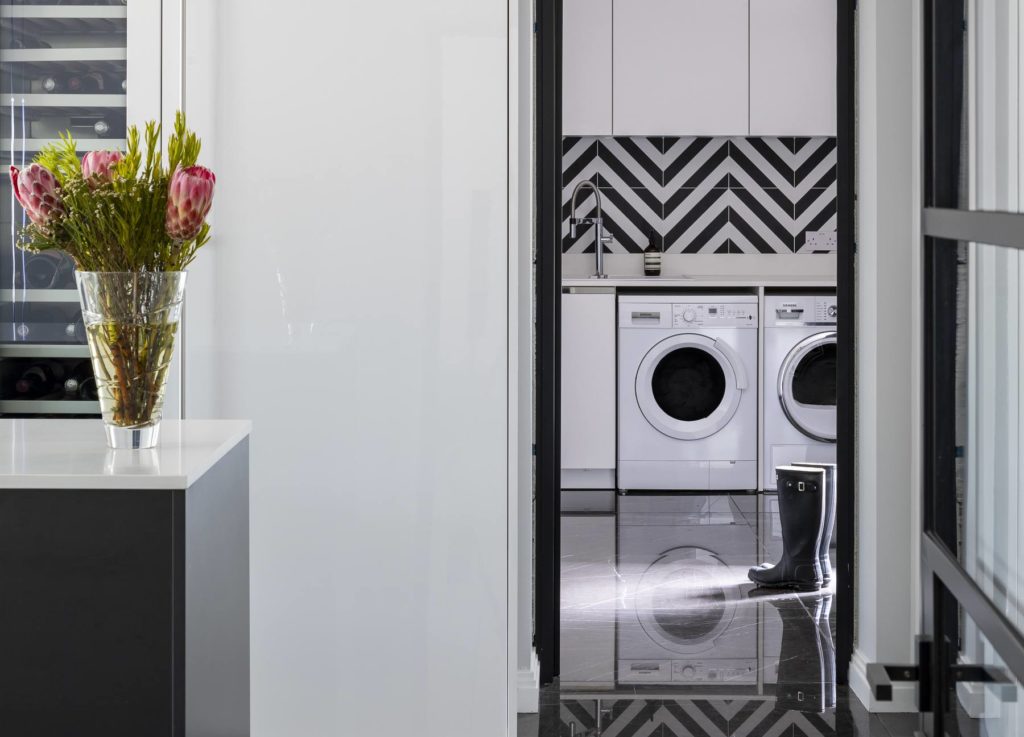
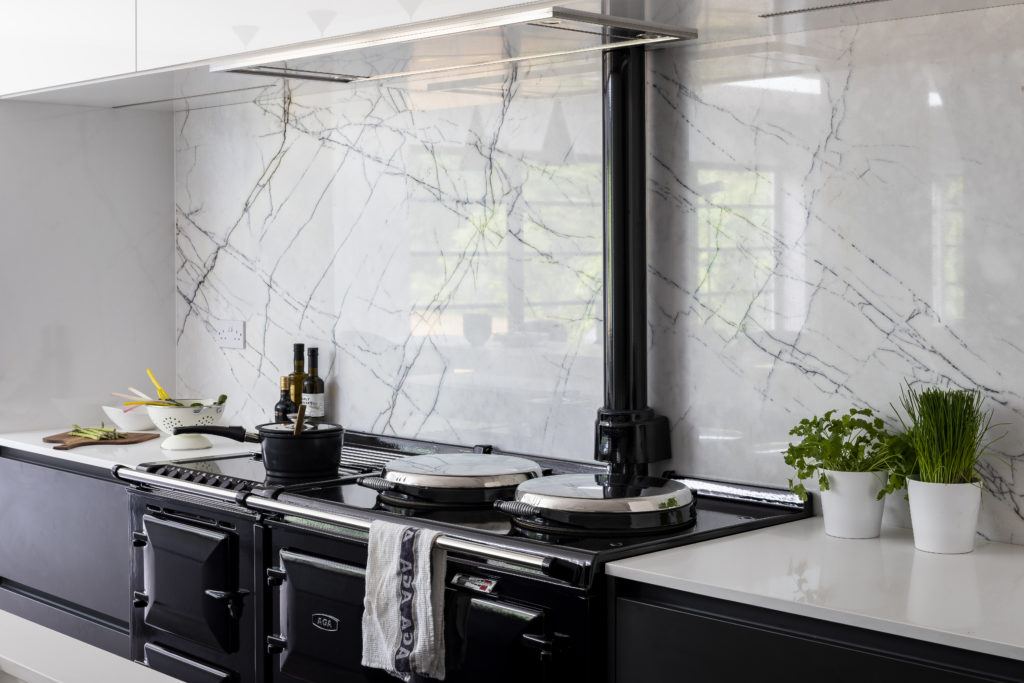
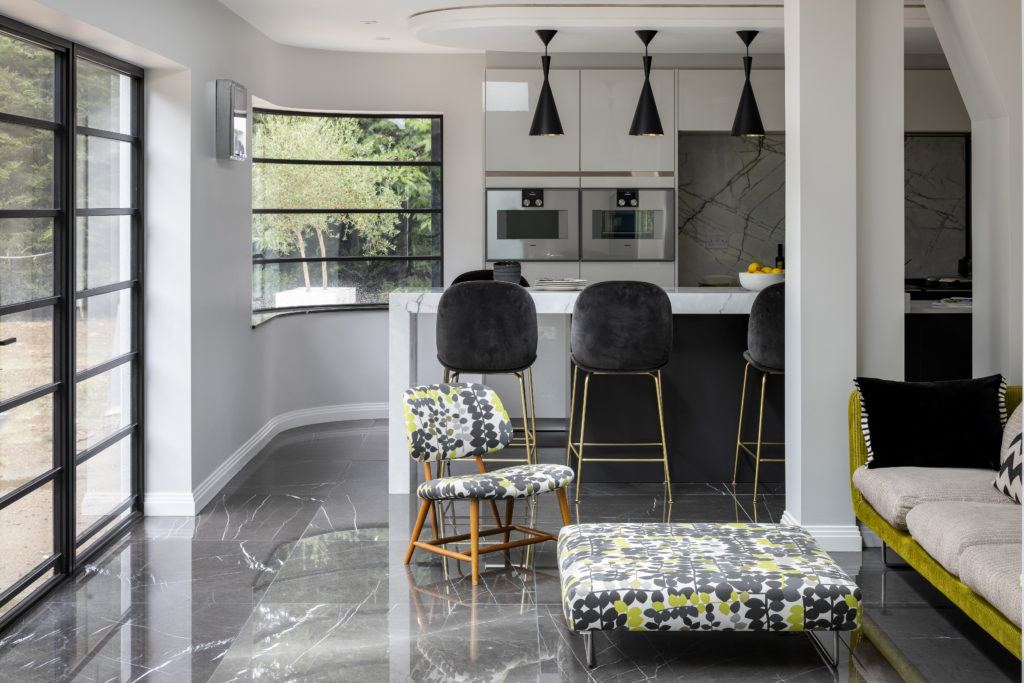
Past informs present
With this backdrop in mind, we can see the care with which the creative designers have incorporated Art Deco values into the kitchen of this rural home. Eschewing a countryside tendency towards rustic style, this is a space that encases the daily routines of the household in unapologetic glamour. The design is inspired by the history of the 1920s property itself, and in particular an original stained glass window that acts as the bridge between past and present. The contemporary kitchen is a chorus of reflective surfaces, clean lines, geometric shapes, monochrome alongside pops of colour, and a fusion of velvet, glossy marble, brass and steel. It’s a testament to how mixing and matching can work harmoniously – all speaking the same language rather than competing to be heard.
The architecture of the space is unique and instrumental in the character of the kitchen. A distinct curved wall stretches down one side of the room, reminiscent of an era that was especially fond of aerodynamic shapes. The designers have used that structure to create a unique environment for modern living, optimising the narrow space with a long island, flush cabinetry and side pocket doors, secreting away a convivial breakfast area flanked by luxurious velvet GUBI bar stools. While so much modern design might favour minimalism, Art Deco is about celebratory features, and in this case it’s the Aga that stands pride of place. Successfully marrying these two conflicting idylls, the Aga is framed by a stone splash back with a dramatic vein that’s set against clean white countertops and ink black cupboards. While in any other home such a stone might dominate, here it’s another instrument in the orchestra, singing without seizing the lead role.
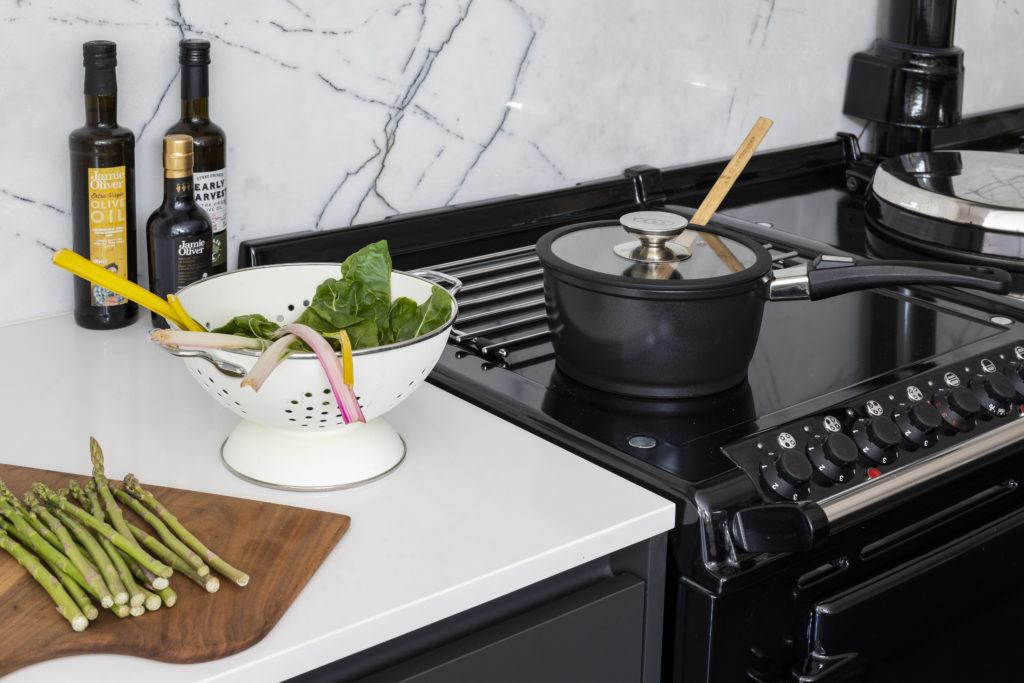
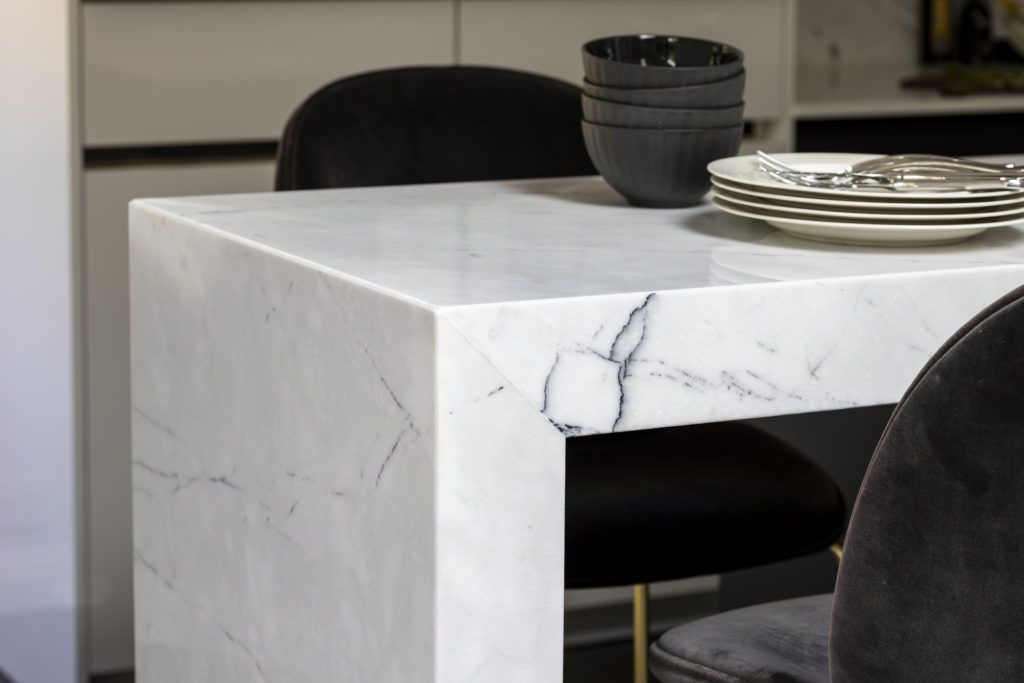

A multifaceted space
Despite the ode to the past, in true 21st century style this culinary space is all about modern living, facilitating multifaceted and multifunctional use. It features different zones brought together by a seamless reflective black stone floor that mirrors the world around it.At one end there’s a utility room, which almost disappears into the walls with its arctic white finishes, but then leaps back into focus thanks to a dramatic black and white chevron tile wall. There’s also a seating area, which looks out of modular black steel and glass doors.
Here, the Art Deco predilection for florals has been honoured with a modern twist in distinct fabrics. It’s playful and fresh, at once relaxed but in keeping with the rest of the space. With its pop of green it’s a neat introduction to the garden beyond the doors.With a stylistic inspiration as dominant and well known as Art Deco, it’s a challenge for designers to also let the character of the property owners themselves shine through. Here, the balance seems to be perfectly struck, fusing classic and contemporary, personal and polished, past and present, resulting in something truly unique.




